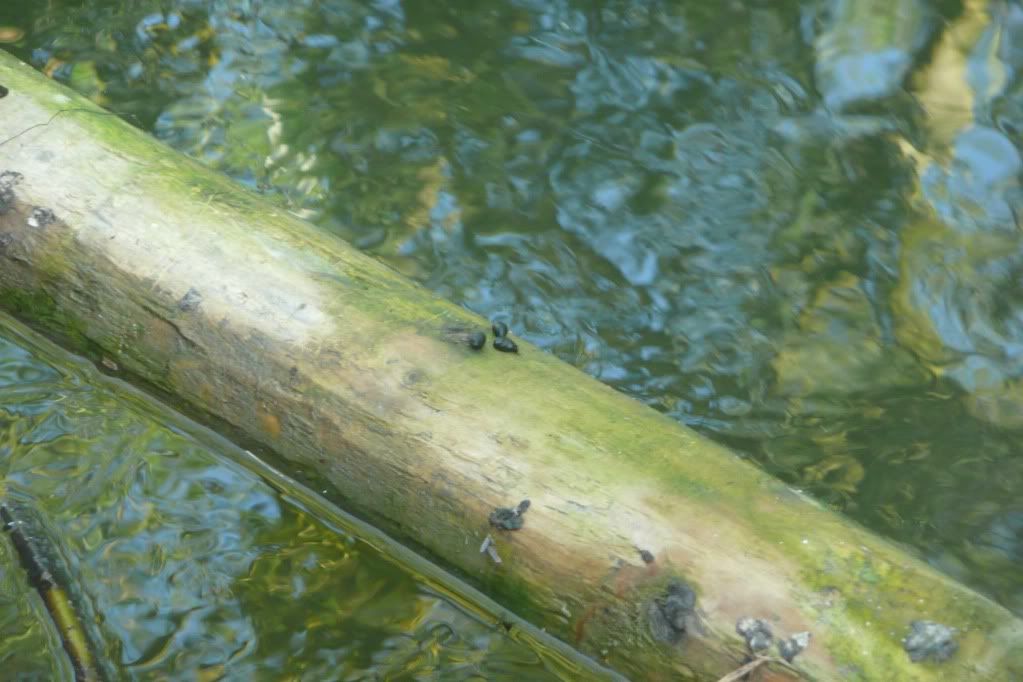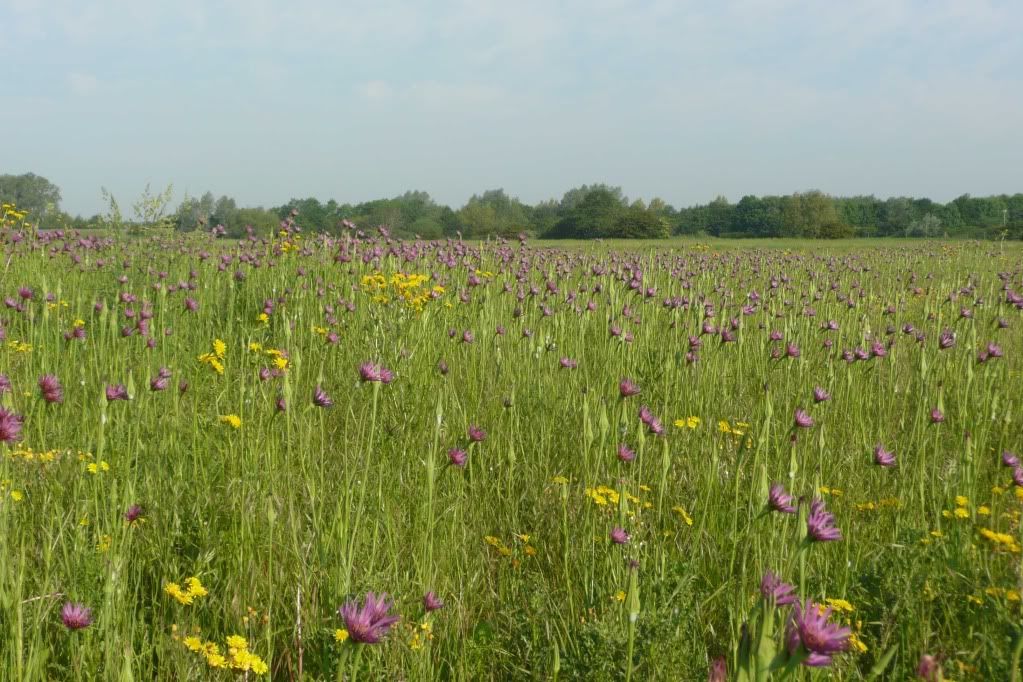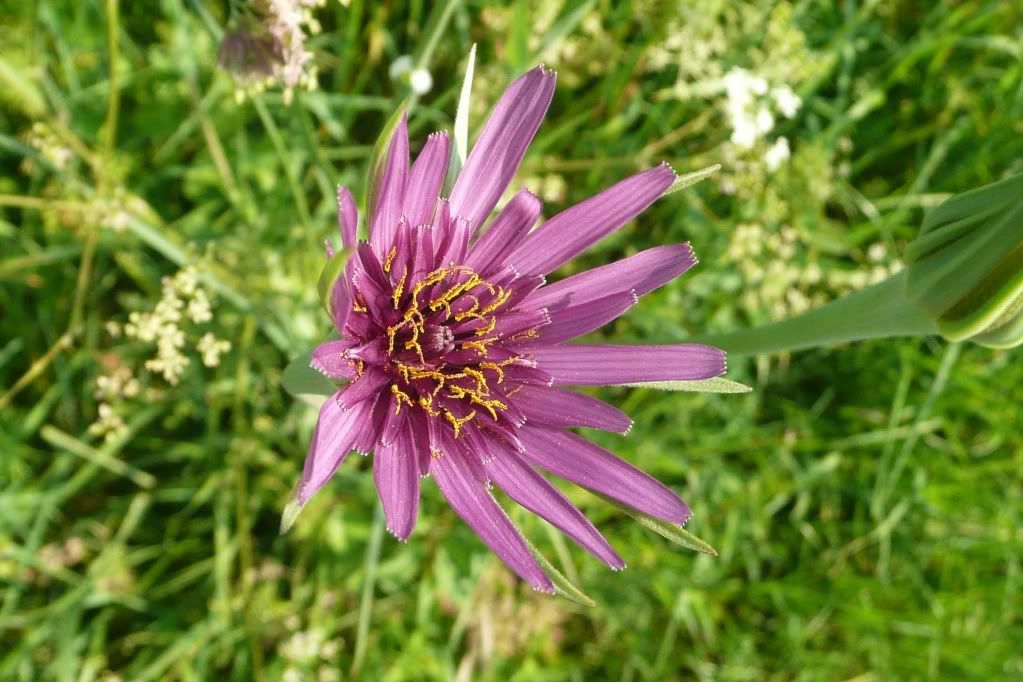Due to volcanic problems the proposed whale spotting in Iceland was changed to a week in the Tamar Valley in Cornwall.
Despite the lack of whales there was still plenty of wildlife to be seen - dippers at golitha falls; skylarks singing over bodmin moor and puffins off the coast near padstow. Actually 15% of the puffin population of 'puffin island' can be seen in this photograph.
.
.
Now back to Oxfordshire and reality - more water vole surveys, bumblebee surveys, himalayan balsam clearance (it's that time of year - again) and maybe further investigation into the otters.
Wildlife and other things of interest on and around the river Ock in south Oxfordshire
Tuesday, 29 June 2010
Wednesday, 16 June 2010
Water vole films
A selection of films, recorded during the past few weeks whilst surveying for water voles:
As always, Terry Whittaker shows us how it should be done: http://terrywhittakerphoto.blogspot.com/2010/06/mill-stream-water-vole-updates.html
As always, Terry Whittaker shows us how it should be done: http://terrywhittakerphoto.blogspot.com/2010/06/mill-stream-water-vole-updates.html
Thursday, 10 June 2010
Beyond the weir #2 - The lower Ock
Tipped off by a dog walker, I've spent the past few weeks exploring the lower part of the Ock before it flows under Drayton road (where it eventually joins the upper part before flowing into the Thames)
Unlike the upper Ock, it is easier to get close to the waters edge and there are definitely signs of water voles along the entire length. Including lots of burrows:
With signs of feeding
And what appear to be latrines - used, like lots of mammals, to mark the edge of territories.
And eventually a few sightings, even if good pictures are somewhat hard to come by:
The water vole map is once again updated with these sightings:
View Water voles 2010 in a larger map
It seems that water voles have really established themselves on all parts of the river before the Drayton road bridge (this matches last years BBOWT surveys). It's strange to think that only as far back as 1998 surveys showed there were no water voles present in the river and now they are flourishing. But as seen in Radley Brook, a water vole colony is a fragile thing and I've been asked to help with Mink monitoring further upstream, so hopefully we can preserve it for years to come.
Unlike the upper Ock, it is easier to get close to the waters edge and there are definitely signs of water voles along the entire length. Including lots of burrows:
With signs of feeding
And what appear to be latrines - used, like lots of mammals, to mark the edge of territories.
And eventually a few sightings, even if good pictures are somewhat hard to come by:
The water vole map is once again updated with these sightings:
View Water voles 2010 in a larger map
Sunday, 6 June 2010
Meadows
Either side of the river are the meadows who serve as the floodplain during winter. Yet in summer they come alive in a diverse range of plants and is a splendid sight:
The purple plant is 'purple salsify' (it goes by other names including the 'oyster plant', due to the roots similar taste to oysters) and although abundant in the meadow it is not actually native to Europe, introduced sometime in the 16th Century:
Several variants of buttercup are present, this one is possibly meadow buttercup. Like all types of buttercup it is poisonous and most grazing animals (including rabbits) leave it alone:
Another 'weed' and enemy of lawn obsessed gardeners like my father is the 'white clover' and when left alone it can look rather attractive as well as being popular with bees:
Disclaimer: I'm not a botanist and the aforementioned identifications are based upon research through several books and the internet. If I've incorrectly identified something please let me know.
The purple plant is 'purple salsify' (it goes by other names including the 'oyster plant', due to the roots similar taste to oysters) and although abundant in the meadow it is not actually native to Europe, introduced sometime in the 16th Century:
Several variants of buttercup are present, this one is possibly meadow buttercup. Like all types of buttercup it is poisonous and most grazing animals (including rabbits) leave it alone:
Another 'weed' and enemy of lawn obsessed gardeners like my father is the 'white clover' and when left alone it can look rather attractive as well as being popular with bees:
Disclaimer: I'm not a botanist and the aforementioned identifications are based upon research through several books and the internet. If I've incorrectly identified something please let me know.
Saturday, 5 June 2010
Subimago
Although not as abundant, the mayfly are still flying (and being eaten). Unlike other insects with aquatic early stages, the mayfly undergoes two stages of metamorphosis.
The first stage is nymph becoming a subimago - winged but is not yet mature version of it's adult form. The mayfly spends less than 24 hours as a subimago before moulting for the last time and becoming an adult (the imago - an adult insect).
It is this final stage that I was privileged to see by the river this morning:
The first stage is nymph becoming a subimago - winged but is not yet mature version of it's adult form. The mayfly spends less than 24 hours as a subimago before moulting for the last time and becoming an adult (the imago - an adult insect).
It is this final stage that I was privileged to see by the river this morning:
Subscribe to:
Comments (Atom)










